-
 Bitcoin
Bitcoin $88,528.5821
1.60% -
 Ethereum
Ethereum $1,627.9897
-0.15% -
 Tether USDt
Tether USDt $0.9999
-0.01% -
 XRP
XRP $2.1034
-0.97% -
 BNB
BNB $605.4842
0.46% -
 Solana
Solana $140.0033
0.23% -
 USDC
USDC $1.0001
0.01% -
 Dogecoin
Dogecoin $0.1645
1.74% -
 TRON
TRON $0.2464
1.35% -
 Cardano
Cardano $0.6412
-0.26% -
 Chainlink
Chainlink $13.4496
-0.34% -
 Avalanche
Avalanche $20.4044
-0.88% -
 UNUS SED LEO
UNUS SED LEO $8.8459
-6.44% -
 Stellar
Stellar $0.2490
-4.17% -
 Sui
Sui $2.3130
2.12% -
 Shiba Inu
Shiba Inu $0.0...01257
-0.56% -
 Toncoin
Toncoin $2.9135
-3.52% -
 Hedera
Hedera $0.1725
0.70% -
 Bitcoin Cash
Bitcoin Cash $347.0066
1.87% -
 Hyperliquid
Hyperliquid $18.2549
2.01% -
 Litecoin
Litecoin $79.4705
-1.53% -
 Polkadot
Polkadot $3.7759
-3.42% -
 Dai
Dai $0.9999
-0.01% -
 Bitget Token
Bitget Token $4.4443
-0.71% -
 Ethena USDe
Ethena USDe $0.9992
-0.01% -
 Pi
Pi $0.6345
0.05% -
 Monero
Monero $216.0153
-0.06% -
 Pepe
Pepe $0.0...08131
3.42% -
 Uniswap
Uniswap $5.3950
-0.76% -
 OKB
OKB $51.0907
0.33%
How to judge the market bubble of currency ETF?
To assess the likelihood of a currency ETF bubble, consider rapid price appreciation, unsustainable valuations, extreme trading volumes, positive investor sentiment, and macroeconomic factors such as interest rate policies and economic growth.
Jan 04, 2025 at 06:04 pm
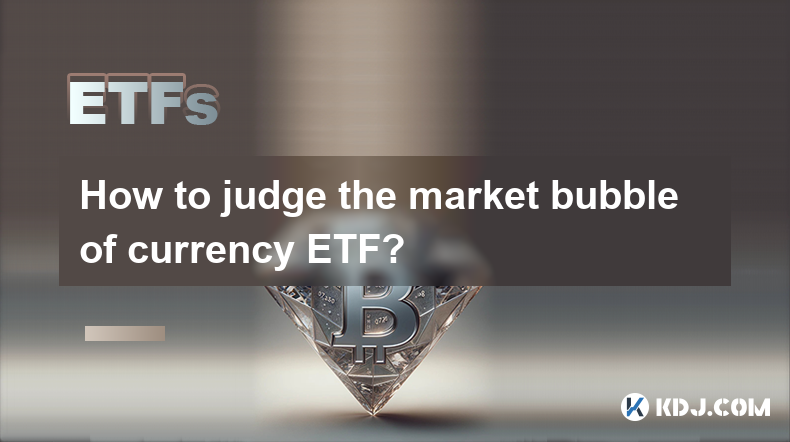
Key Points:
- Understand the nature of ETF bubbles
- Identify market indicators of bubbles
- Assess ETF valuations and premiums
- Monitor trading volumes and sentiment
- Consider macroeconomic factors
How to Judge the Market Bubble of Currency ETF
1. Understand the Nature of ETF Bubbles
Exchange-Traded Funds (ETFs) are investment vehicles that track the performance of underlying assets, such as stocks, bonds, or commodities. Currency ETFs track the value of specific currencies, providing investors with exposure to these assets.
ETF bubbles occur when the market price of an ETF significantly exceeds its intrinsic value. This can be driven by excessive demand, speculative trading, or irrational exuberance. Bubbles typically end with a sharp correction or crash.
2. Identify Market Indicators of Bubbles
- Rapid Price Appreciation: A sudden and sustained increase in ETF prices can indicate a bubble.
- Unsustainable Valuations: ETF valuations can become overextended, with prices trading at significant premiums to their underlying assets.
- Extreme Trading Volumes: Bubbles are often characterized by inflated trading volumes, as traders rush to capitalize on price increases.
- Positive Investor Sentiment: Overly optimistic investor sentiment can fuel bubbles. Media hype and social media chatter can create FOMO (fear of missing out).
3. Assess ETF Valuations and Premiums
- Track the ETF's NAV: The net asset value (NAV) represents the value of the underlying assets held by the ETF. Compare the ETF price to its NAV to determine its premium.
- Consider Market Volatility: Currency ETFs are subject to market volatility, which can influence their valuations. Extreme price swings can exaggerate bubble conditions.
- Analyze the ETF's Historical Performance: Review the ETF's historical price movements to assess its stability and identify potential bubble formations.
4. Monitor Trading Volumes and Sentiment
- Observe Trading Volume Surges: Unusually high trading volumes can signal increased speculative activity.
- Monitor Social Media and News Coverage: Hype and positive sentiment can attract retail investors and fuel bubble formation.
- Track Insider Trading Activity: Insider selling can indicate concerns about the ETF's underlying value.
5. Consider Macroeconomic Factors
- Interest Rate Policies: Monetary policy can influence currency valuations and ETF prices.
- Economic Growth: Strong economic growth can support currency appreciation and drive increased demand for ETFs.
- Global Market Conditions: External events, such as geopolitical risks or economic downturns, can impact currency markets and affect ETF performance.
FAQs:
Q: Are currency ETFs always safe investments?
A: No, currency ETFs can be subject to market volatility and potential bubbles.
Q: How do I avoid investing in bubble-prone ETFs?
A: Conduct thorough research, monitor market indicators, and consider the macroeconomic environment.
Q: Can I still make money investing in bubble ETFs?
A: It is possible to profit from short-term price increases, but it comes with high risk.
Q: What are some warning signs of a currency ETF bubble?
A: Rapid price appreciation, unsustainable valuations, extreme trading volumes, and excessive positive sentiment.
Q: How do I handle my investments if I believe a currency ETF bubble is forming?
A: Consider reducing positions, diversifying holdings, and monitoring market conditions closely.
Disclaimer:info@kdj.com
The information provided is not trading advice. kdj.com does not assume any responsibility for any investments made based on the information provided in this article. Cryptocurrencies are highly volatile and it is highly recommended that you invest with caution after thorough research!
If you believe that the content used on this website infringes your copyright, please contact us immediately (info@kdj.com) and we will delete it promptly.
- British drug gang makes its own crypto to launch money
- 2025-04-22 18:50:12
- US Bitcoin ETFs Record Their Largest Daily Inflows Since January
- 2025-04-22 18:50:12
- Days before his 2025 inauguration, President Donald Trump announced the launch of his meme coin, a form of cryptocurrency.
- 2025-04-22 18:45:12
- XRP Community Figures Highlight Final Deadlines for SEC Decisions on Multiple Spot-Based XRP ETF Applications
- 2025-04-22 18:45:12
- Is It Time to Throw $1,000 Into Raydium Right Now? RAY Price Outlook
- 2025-04-22 18:40:12
- Mantra Burns 300 Million OM Tokens, Equivalent to 16.5% of the Total Supply
- 2025-04-22 18:40:12
Related knowledge
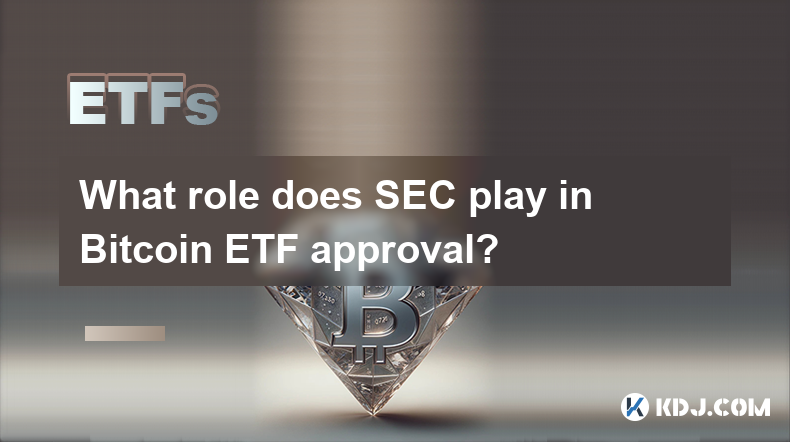
What role does SEC play in Bitcoin ETF approval?
Feb 25,2025 at 06:48am
Key Points:SEC's Role in Bitcoin ETF Approval ProcessHistorical Efforts to Establish a Bitcoin ETFSEC's Criteria for Bitcoin ETF ApprovalPotential Impact of a Bitcoin ETF on the Cryptocurrency MarketTimeline and Outlook for Bitcoin ETF ApprovalArticle:SEC Play in Bitcoin ETF ApprovalThe United States Securities and Exchange Commission (SEC) plays a crit...
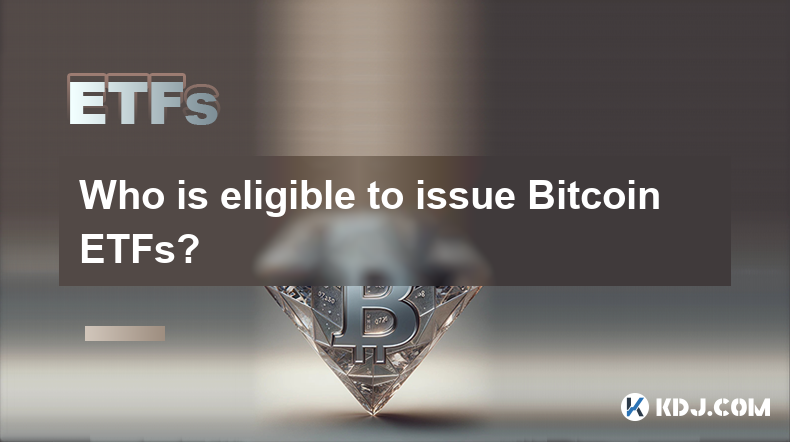
Who is eligible to issue Bitcoin ETFs?
Feb 25,2025 at 11:13am
Key Points:Only regulated financial institutions with the necessary expertise and infrastructure are eligible to issue Bitcoin ETFs.The Securities and Exchange Commission (SEC) has not yet approved any spot Bitcoin ETFs, but has approved several futures-based ETFs.Applicants must meet stringent requirements, including having a strong track record and su...
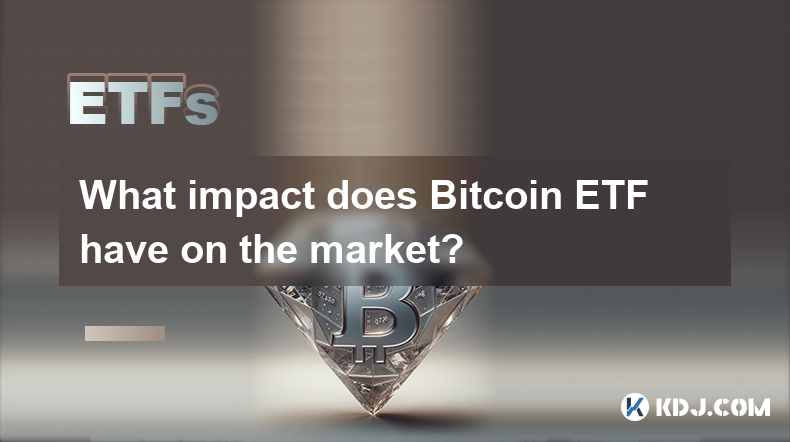
What impact does Bitcoin ETF have on the market?
Feb 25,2025 at 11:37am
Key Points:Introduction to Bitcoin ETFs and their role in the cryptocurrency marketHistorical development and performance of Bitcoin ETFsPotential benefits of Bitcoin ETFs for investors and the marketRisks and limitations associated with Bitcoin ETFsRegulatory considerations and their impact on Bitcoin ETFsArticle:Introduction to Bitcoin ETFsBitcoin exc...
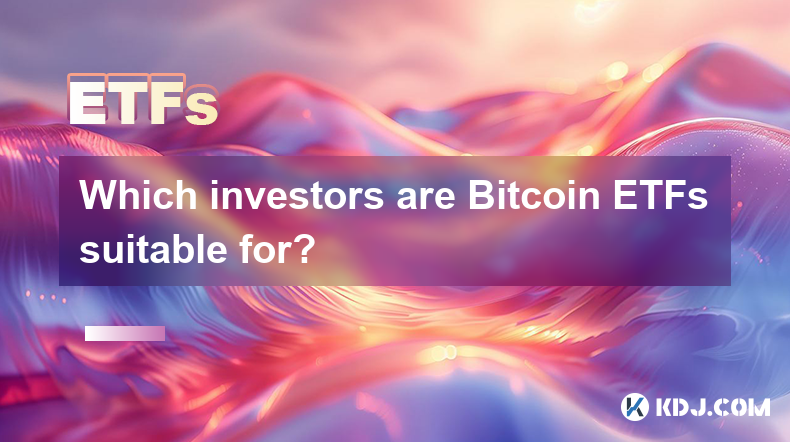
Which investors are Bitcoin ETFs suitable for?
Feb 27,2025 at 04:01pm
Key Points:Understanding Bitcoin ETFsBenefits of Bitcoin ETFsSuitability of Bitcoin ETFs for Different InvestorsAssessing Risk Tolerance and Investment GoalsConsidering Short-Term and Long-Term StrategiesExamining Tax ImplicationsSeeking Professional AdviceUnderstanding Bitcoin ETFsBitcoin exchange-traded funds (ETFs) are investment vehicles that track ...
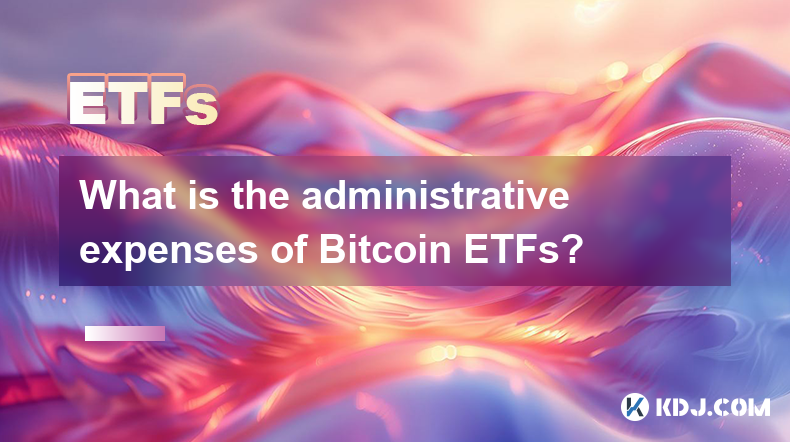
What is the administrative expenses of Bitcoin ETFs?
Feb 26,2025 at 12:24am
Key Points:Administrative expenses are a crucial factor to consider when evaluating Bitcoin ETFs.These expenses can significantly impact the performance of the fund and ultimately the investor's returns.Understanding the various components of administrative expenses is essential for informed decision-making.Comparing administrative expenses across diffe...
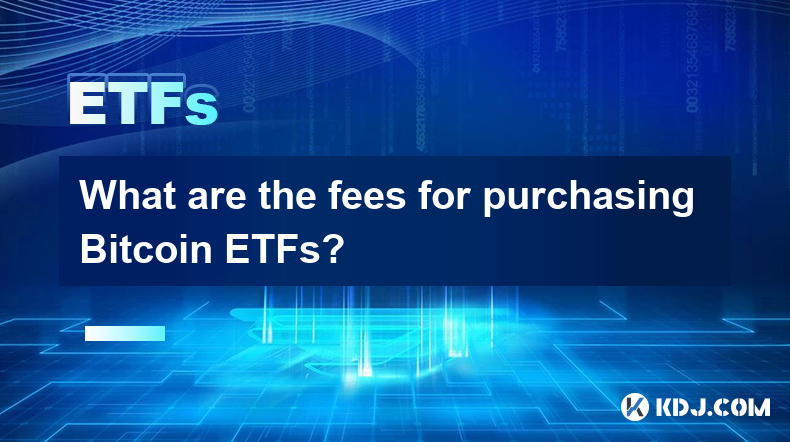
What are the fees for purchasing Bitcoin ETFs?
Feb 27,2025 at 07:13pm
Key Points:Bitcoin exchange-traded funds (ETFs) are a cost-effective and regulated way to gain exposure to Bitcoin.Fees associated with Bitcoin ETF purchases vary depending on the platform, trading volume, and account type.It is essential to evaluate fee structures carefully to optimize investment returns.Fees Associated with Purchasing Bitcoin ETFs1. B...

What role does SEC play in Bitcoin ETF approval?
Feb 25,2025 at 06:48am
Key Points:SEC's Role in Bitcoin ETF Approval ProcessHistorical Efforts to Establish a Bitcoin ETFSEC's Criteria for Bitcoin ETF ApprovalPotential Impact of a Bitcoin ETF on the Cryptocurrency MarketTimeline and Outlook for Bitcoin ETF ApprovalArticle:SEC Play in Bitcoin ETF ApprovalThe United States Securities and Exchange Commission (SEC) plays a crit...

Who is eligible to issue Bitcoin ETFs?
Feb 25,2025 at 11:13am
Key Points:Only regulated financial institutions with the necessary expertise and infrastructure are eligible to issue Bitcoin ETFs.The Securities and Exchange Commission (SEC) has not yet approved any spot Bitcoin ETFs, but has approved several futures-based ETFs.Applicants must meet stringent requirements, including having a strong track record and su...

What impact does Bitcoin ETF have on the market?
Feb 25,2025 at 11:37am
Key Points:Introduction to Bitcoin ETFs and their role in the cryptocurrency marketHistorical development and performance of Bitcoin ETFsPotential benefits of Bitcoin ETFs for investors and the marketRisks and limitations associated with Bitcoin ETFsRegulatory considerations and their impact on Bitcoin ETFsArticle:Introduction to Bitcoin ETFsBitcoin exc...

Which investors are Bitcoin ETFs suitable for?
Feb 27,2025 at 04:01pm
Key Points:Understanding Bitcoin ETFsBenefits of Bitcoin ETFsSuitability of Bitcoin ETFs for Different InvestorsAssessing Risk Tolerance and Investment GoalsConsidering Short-Term and Long-Term StrategiesExamining Tax ImplicationsSeeking Professional AdviceUnderstanding Bitcoin ETFsBitcoin exchange-traded funds (ETFs) are investment vehicles that track ...

What is the administrative expenses of Bitcoin ETFs?
Feb 26,2025 at 12:24am
Key Points:Administrative expenses are a crucial factor to consider when evaluating Bitcoin ETFs.These expenses can significantly impact the performance of the fund and ultimately the investor's returns.Understanding the various components of administrative expenses is essential for informed decision-making.Comparing administrative expenses across diffe...

What are the fees for purchasing Bitcoin ETFs?
Feb 27,2025 at 07:13pm
Key Points:Bitcoin exchange-traded funds (ETFs) are a cost-effective and regulated way to gain exposure to Bitcoin.Fees associated with Bitcoin ETF purchases vary depending on the platform, trading volume, and account type.It is essential to evaluate fee structures carefully to optimize investment returns.Fees Associated with Purchasing Bitcoin ETFs1. B...
See all articles























































































